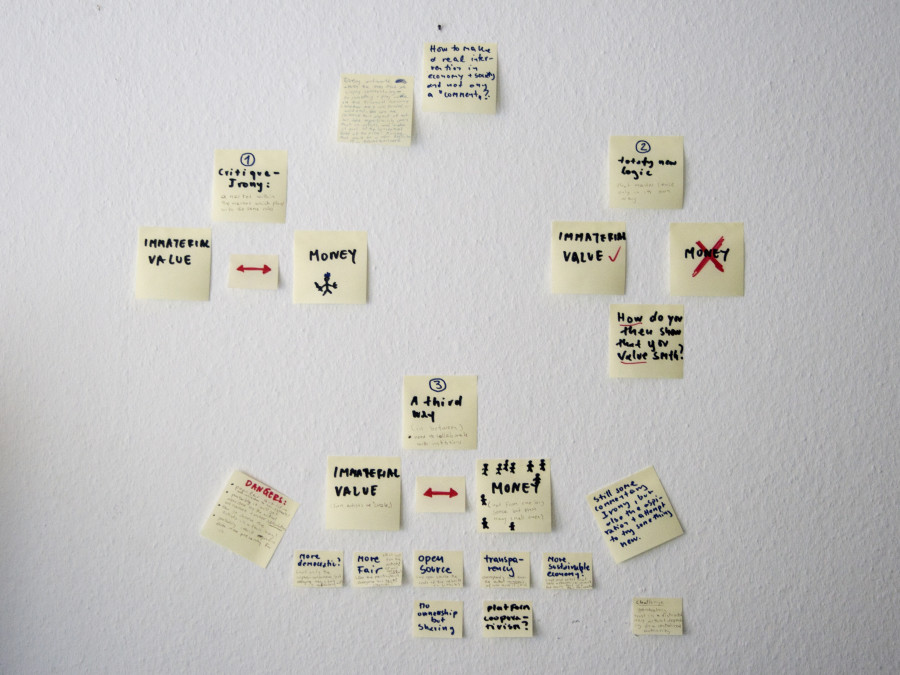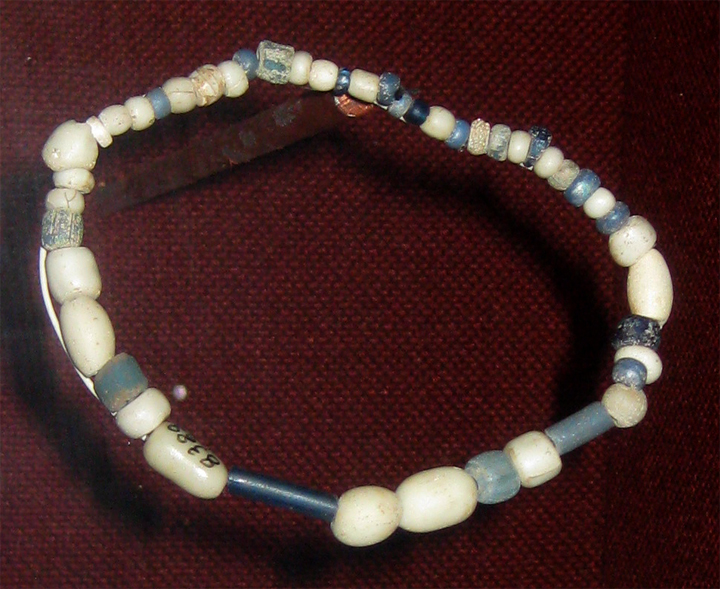How to do something that does something: three different approaches
Joe Edelman
—
We approached Joe with a specific question that puzzles us regarding our project. Many artworks we see and sometimes like are comments or critique. However, we want to do a project that interferes with the actual economy of its own production of value. Due to his involvement with several internet platforms, with Couchsurfing being perhaps the most known one, but also coming from a background on street-gaming, Joe was able to outline three different approaches to our question: a) to build something outside of the market that adds something to it, b) to build something that interferes with the market and c) to build something that replaces the market (it does not exist yet, but it is hopefully on its way). Listen to the podcast to find out more about the story of Couchsurfing, critique on Bitcoins, why time-banks always fail, to get ideas about how to design ‘mechanisms for allocation’ for a ‘pool of resources’, the Cross Ten Transactions model, net-orchestrated conviviality as a mechanism of taking the focus away from money, and why is it important to change the paradigm of making choices, by communicating fulfillment.
—
—
A utopian designer, Joe Edelman applies insights from the philosophy of human values and from microeconomics to the design of the software systems that guide so much of our lives. He leads a movement to redesign software to support the lives we want to lead, rather than to maximize engagement. Previously: metrics at Couchsurfing, human interfaces at Interval Research, and other labs and startups.
—




